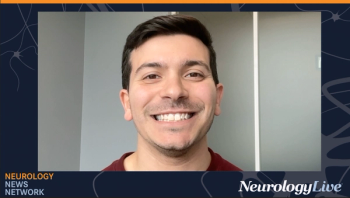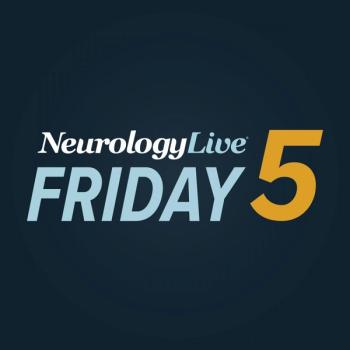
Neuro News Roundup: Stroke Update
Three studies regarding stroke look at blood pressure trajectories, use of occlusion, and the advantage of conscious sedation over general anesthesia.
Three new stroke studies show the advantages of tracking trajectories of blood pressure over time in stroke patients, the use of occlusion in stroke patients with atrial fibrillation, and the advantage of using conscious sedation rather than general anesthesia for endovascular strokes. Assessing trajectories of blood pressure may provide a more nuanced understanding of the associations between blood pressure, stroke, and mortality. Left atrial appendage occlusion (LAAO) can lower the risk of stroke in patients with atrial fibrillation and a history of intracerebral hemorrhage. Endovascular stroke care can be started safely under conscious sedation, with only a few patients needing to be converted to general anesthesia.
Newsletter
Keep your finger on the pulse of neurology—subscribe to NeurologyLive for expert interviews, new data, and breakthrough treatment updates.































